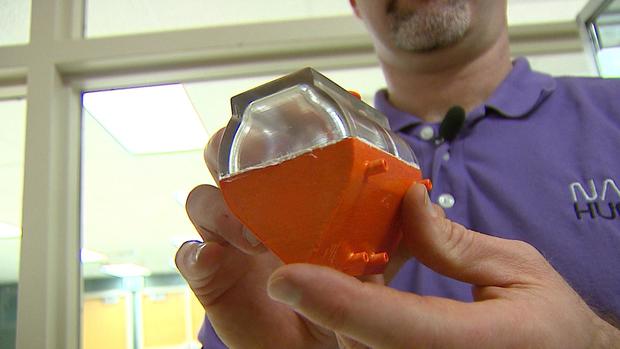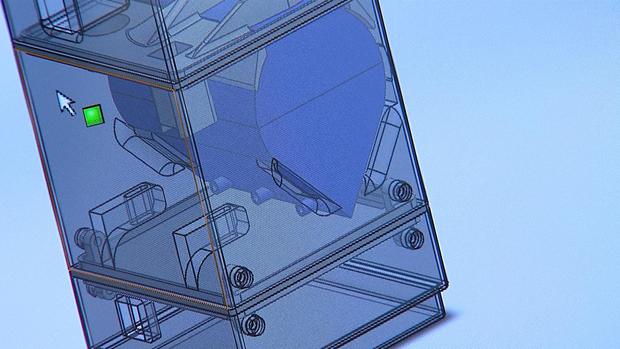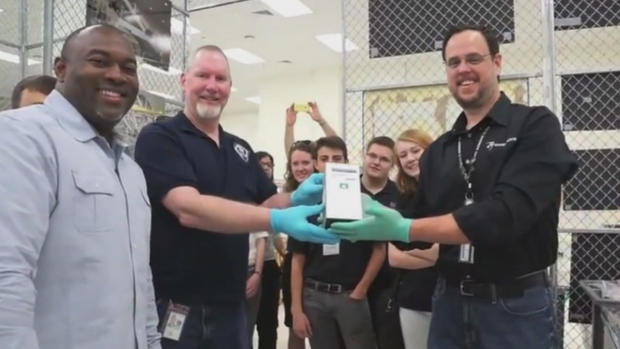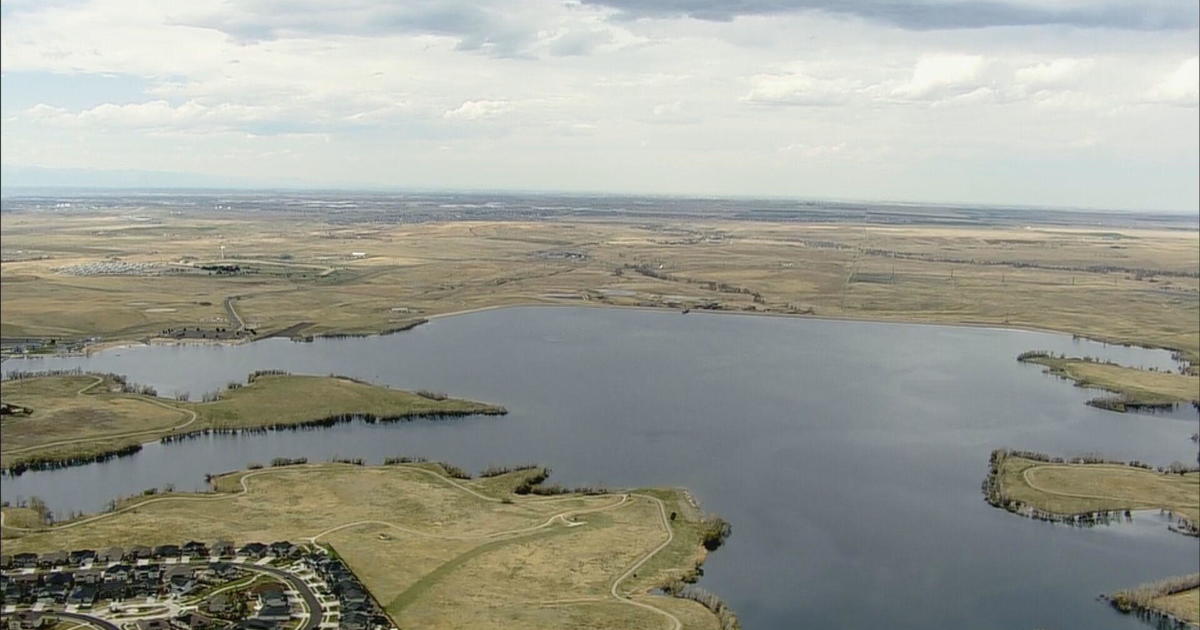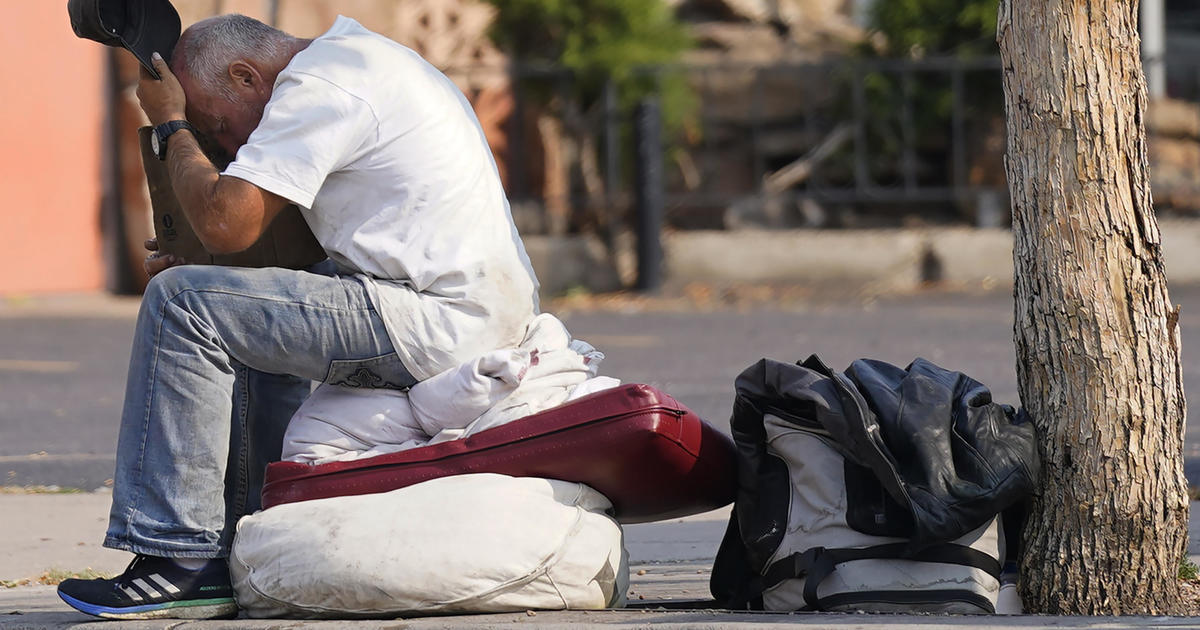Lakewood Students' Experiments Being Tested On International Space Station
LAKEWOOD, Colo. (CBS4)- An experiment made by high school students in Lakewood is being tested on the International Space Station.
The journey for students of Warren Tech at Lakewood High School began in the classroom and ended with a big "blast off" at Cape Canaveral as their experiment was launched into space with SpaceX 6.
What they have designed is a hydrofuge. That's a combination of a centrifuge with the wicking effect of surface tension and a pump.
Several classes of Warren Tech students at Lakewood High spent half a dozen years perfecting it to draw the water across the roots and out.
"You know we've been working on it a long time, not just our team but other teams, too. It's time for it to move on, so I'm super excited that we're getting this opportunity," said Lakewood High STEM student Trevor Lucero.
NASA had a problem for high school students and sent out a challenge under a program called HUNCH. That's an acronym for High School Students United with NASA to Create Hardware. You see, NASA was trying to solve a problem -- how to grow things in zero gravity. Plants will be necessary for long space travel, both as food and for the psychologically beneficial presence of greenery.
The problem was, water tends to smother the roots of plants in zero gravity.
"We have gravity to pull the water off the roots," said teacher Matt Brown. "And up there it just kind of sticks to everything; balls up, blobs around, floats where you don't want it to go."
They needed a way to ensure plants get the nutrients they need from soil.
At first the class was looking at the concept of the benefits of plants, but then took a crack at a centrifuge that would spin water out, allowing the plants to take root and survive. The first one was about the size of a crock pot. It spun the water out -- but the water was not wicking away. So they set to work trying to design something that would do the job.
They finally came up with a hydrofuge that uses an angle of about 80 degrees.
The water is spun out to the angle, then it's attracted to the angle and is pumped out the bottom. The roots will get the water they need, but not get drowned.
When they arrived at Kennedy Space Center they submitted their box for loading onto a SpaceX rocket for launch to the International Space Station.
"I was there for the big breakthrough years and now it's finally going where we hoped it would go," said Lakewood High STEM graduate Lauren Martin.
They faced a little disappointment when one launch was scrubbed due to bad weather but on try number two the students watched as their experiment headed into space.
The next day their experiment arrived at the International Space Station where it will be tested for months.
"The minute you see that smoke just billow you know it's for real and it's like, 'I have something that's been in space.' How many people can say that?" said Lakewood High STEM student Clara Wilson.
